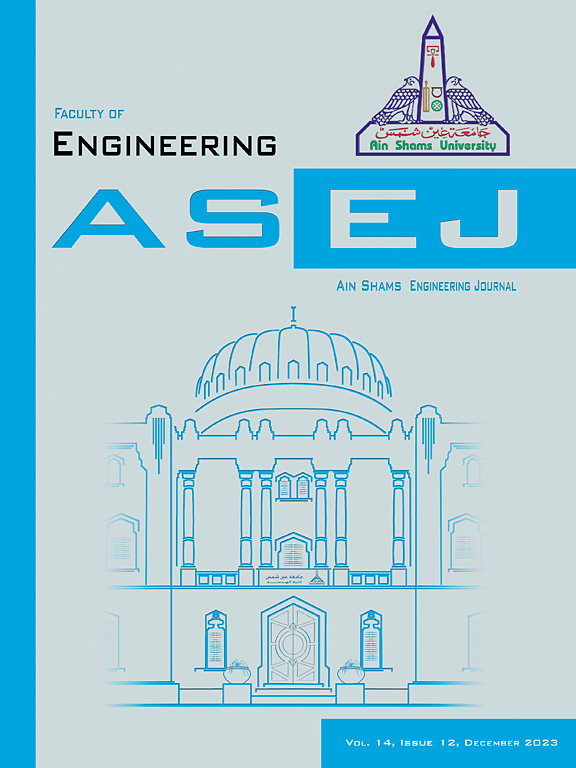高层建筑的防火和减灾技术:2010 至 2023 年文献计量分析
IF 6
2区 工程技术
Q1 ENGINEERING, MULTIDISCIPLINARY
引用次数: 0
摘要
目的本研究对高层建筑防火和减灾领域的研究进行了全面的文献计量分析,这是一个新兴的重要课题。方法本研究提供了一种分析消防安全措施的方法论,并强调了采用多学科方法加强消防安全规程的关键必要性,特别关注先进火灾探测、灭火和疏散技术的整合。调查结果主动防火技术的研究主要集中在以下技术上:1)水雾抑制;2)无人驾驶飞行器;3)人工智能(AI)算法;4)物联网(IoT)框架;而被动技术的研究则倾向于防火分区和防火材料。研究确定了 6 项被动技术和 14 项主动技术,其中主动技术侧重于水雾抑制、人工智能算法和物联网框架。结论本研究分析了风险评估、消防和管理在火灾缓解和预防领域发展中的作用。研究强调了通过火灾预防和减灾解决方案降低风险和死亡率的研究合作。研究意义本研究的分析最终将为城市高层建筑环境中消防安全措施的设计、决策和实施的相关人员提供指导,并为高层建筑火灾缓解和预防的有效策略和技术的未来研究方向提供启示。本文章由计算机程序翻译,如有差异,请以英文原文为准。
Fire prevention and mitigation technologies in high-rise buildings: A bibliometric analysis from 2010 to 2023
Purpose
This study provides a comprehensive bibliometric analysis for research in the area of fire prevention and mitigation in high-rise buildings, an emerging crucial subject. The analysis covers the period between 2010 and 2023, with the main goal of classifying and evaluating the efficacy of fire prevention and mitigation technologies.
Methods
The current study contributes a methodological approach for analyzing fire safety measures and highlighting the critical necessity for multidisciplinary approaches in enhancing fire safety protocols, with a special focus on the integration of advanced fire detection, suppression, and evacuation technologies. The investigation indicates a steady 10 % growth rate in scholarly production on this topic.
Results
Research on active fire prevention technologies has focused on the technologies including; 1) water mist suppression, 2) unmanned aerial vehicles, 3) Artificial Intelligence (AI) algorithms, and 4) Internet of Things (IoT) frameworks, while research on passive technologies has trended toward fire compartmentation and fire-resistant materials. The study identifies 6 passive technologies and 14 active technologies, with active technologies focusing on water mist suppression, AI algorithms, and IoT frameworks. On the other hand, passive technologies focus on risk assessment, fire protection, and management.
Conclusions
The current study analyzes the role of risk assessment, fire protection, and management in the development of the field of fire mitigation and prevention. The study highlights research collaboration toward reducing risk and fatalities by fire prevention and mitigation solutions. The US and China have the highest collaboration in these technologies, while the UK and the US have the highest publications.
Research implications
The provided analysis ultimately serves as guidance for stakeholders involved in the design, policy-making, and implementation of fire safety measures in urban high-rise environments, and can give insight on future research direction toward effective strategies and technologies for fire mitigation and prevention in high-rise buildings.
求助全文
通过发布文献求助,成功后即可免费获取论文全文。
去求助
来源期刊

Ain Shams Engineering Journal
Engineering-General Engineering
CiteScore
10.80
自引率
13.30%
发文量
441
审稿时长
49 weeks
期刊介绍:
in Shams Engineering Journal is an international journal devoted to publication of peer reviewed original high-quality research papers and review papers in both traditional topics and those of emerging science and technology. Areas of both theoretical and fundamental interest as well as those concerning industrial applications, emerging instrumental techniques and those which have some practical application to an aspect of human endeavor, such as the preservation of the environment, health, waste disposal are welcome. The overall focus is on original and rigorous scientific research results which have generic significance.
Ain Shams Engineering Journal focuses upon aspects of mechanical engineering, electrical engineering, civil engineering, chemical engineering, petroleum engineering, environmental engineering, architectural and urban planning engineering. Papers in which knowledge from other disciplines is integrated with engineering are especially welcome like nanotechnology, material sciences, and computational methods as well as applied basic sciences: engineering mathematics, physics and chemistry.
 求助内容:
求助内容: 应助结果提醒方式:
应助结果提醒方式:


